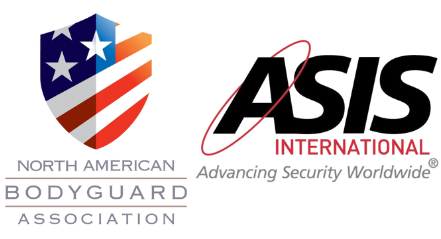Within the field of security services, risk assessment serves as the cornerstone for effective protection strategies. Security companies must systematically identify, evaluate, and mitigate potential risks to safeguard their clients, assets, and personnel. Here’s a comprehensive guide on performing a basic risk assessment tailored for security companies:
Identify Assets and Vulnerabilities: Begin by identifying the assets your security company is tasked with protecting, including physical properties, personnel, and sensitive information. Next, assess vulnerabilities that could compromise the security of these assets, such as inadequate access controls, outdated surveillance systems, or unsecured entry points.
Analyze Threats: Evaluate potential threats that could pose risks to your clients’ security, ranging from criminal activities like theft, vandalism, or unauthorized access to natural disasters, cyber-attacks, or internal security breaches. Consider factors such as geographical location, industry-specific risks, and historical incident data to determine the likelihood and impact of each threat.
Assess Likelihood and Impact: Determine the likelihood of each identified threat occurring and the potential impact it could have on your clients’ operations, reputation, and financial well-being. Use a risk matrix or scoring system to prioritize risks based on their severity and probability, allowing you to focus resources on mitigating high-risk threats first.
Implement Risk Mitigation Measures: Develop and implement risk mitigation strategies to address identified vulnerabilities and minimize the impact of potential threats. This may involve enhancing physical security measures, implementing access controls, conducting employee training on security protocols, or integrating technology solutions like surveillance cameras or alarm systems.
Continuously Monitor and Review: Risk assessment is an ongoing process that requires regular monitoring and review to adapt to evolving threats and changing security needs. Establish a framework for continuous risk management, including periodic reassessment of risks, monitoring of security controls, and timely updates to mitigation strategies as needed.
Engage Stakeholders: Collaboration with clients, stakeholders, and relevant authorities is crucial for conducting a comprehensive risk assessment. Seek input from clients to understand their specific security concerns, industry regulations, and risk tolerance levels, ensuring that your security solutions align with their expectations and objectives.
Document Findings and Recommendations: Document the results of your risk assessment, including identified risks, mitigation strategies, and recommendations for improvement. Provide clients with comprehensive reports outlining potential threats, recommended security measures, and actionable steps to enhance their security posture.
By following these steps, security companies can conduct a basic risk assessment that lays the foundation for effective security planning and risk management. By proactively identifying and mitigating potential risks, security providers can enhance their clients’ safety and security while demonstrating their commitment to excellence in protective services.

